The DTE Notebook for the Urban Organic Vegetable, Herb and Flower Gardener.
Embracing Change in the Garden.
Article and photos by Rob Danforth
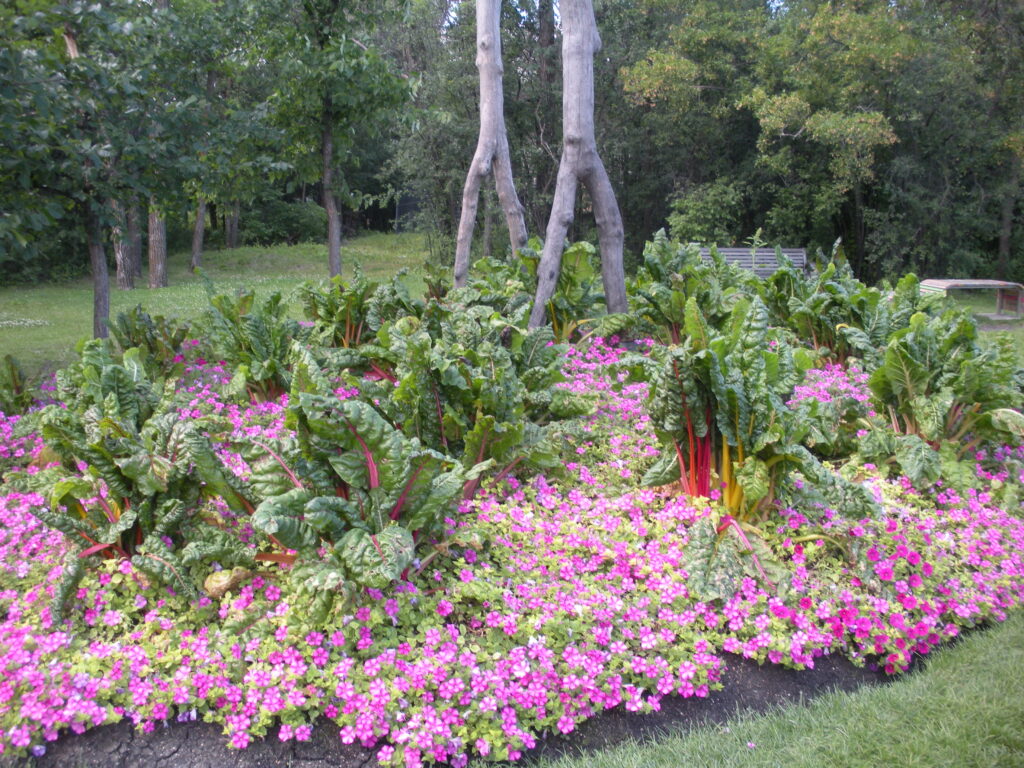
Caution: if you are a gardener happy with what you have always done, don’t read this article! You may find it unsettling … After all, gardening is a seasonal gamble, with nature as the croupier for the house: in every growing season there are both plusses and minuses, and every solution to a problem has a cost. Happily, gardeners lose a little at some stationary slots, but win a lot in garden roulette.
Recommendation: Urban organic food and flower gardeners should experiment every season! Don’t settle for the same again! That can be boring for all involved, and it also removes the guesswork that keeps the harmful diseases, insects, and critters in line. They really like the same thing again, and lots of it. Monocultures are a particular favorite! True, we like what we like (e.g., tomatoes, tomatoes, and more tomatoes!) but there are a number of reasons to shake up your gardening practices and try something new every season (e.g., new plants, new spaces, new practices):
- Rotation of plants from season to season in soils that are used year after year is well advised and that invites experimentation. What grew so well last season may not perform as well in the same place this season. Maybe you are tired of it, or tired of battling the same problems season after season.
- Gardeners are faced with many variables that can change every year and which will affect the success of the growing season:
- the quality of soil, seed, water, fertilizer, or weather – or combinations of these.
- infestations of insects, slugs & snails, viruses, fungi, or bacteria.
- critter visits: squirrels, groundhogs, mice, voles, rats, rabbits, raccoons, or deer.
- growth of trees and shrubs near the garden, which now provide unwanted shade and hungry, thirsty roots that invade both the garden and the compost.
- a change in the amount of space available or the amount of space that you are willing to work.
- the amount of time and effort a gardener can spare to tend the plants.
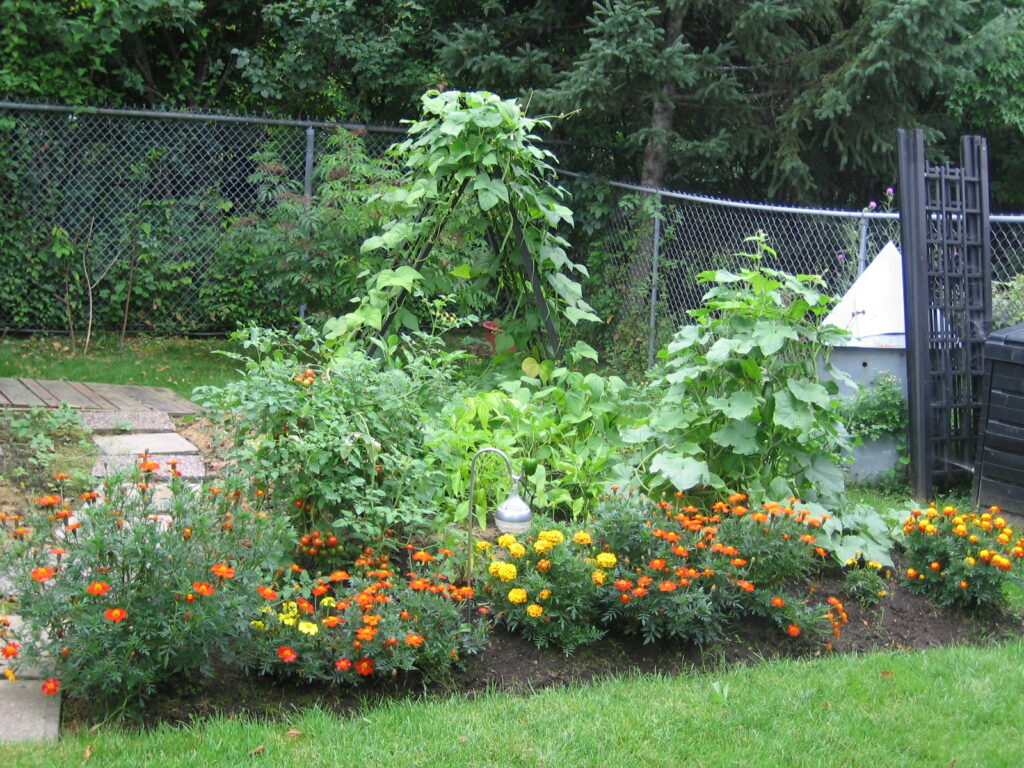
3. Advice columns (like this one!!) can vary greatly on recommendations depending on which gardener, website, book, magazine article, TV show, or video you encounter. I encountered many contradictions over the years. For example:
- you must till the soil to make it friable and plant friendly < – > no-tilling is best for the soil and the life in the soil.
- use leaves as mulch to feed the life in the soil < – > avoid using leaves as they harbor harmful insects.
- clean up all plant debris in the fall to get rid of bad bug habitat and diseases < – > leave disease free plant debris on the soil surface to feed the life in the soil, resist erosion, and shelter the helpful insects.
- apply compost in the spring and rake it under < – > apply compost in the fall and leave it atop the soil for nature to have its way, and to save you labor.
- mulch with compost < – > compost is not a mulch so put a real mulch over the compost.
- put wood ashes in your compost to sweeten the soil < – > don’t add ashes because of heavy metals and increased alkalinity.
- Be sure to use this companion plant < – > no, choose a companion plant for what it provides in a given situation. Some attract helpful insects, some distract harmful insects, some encourage growth, some discourage growth (allelopathic), some provide physical supports, …
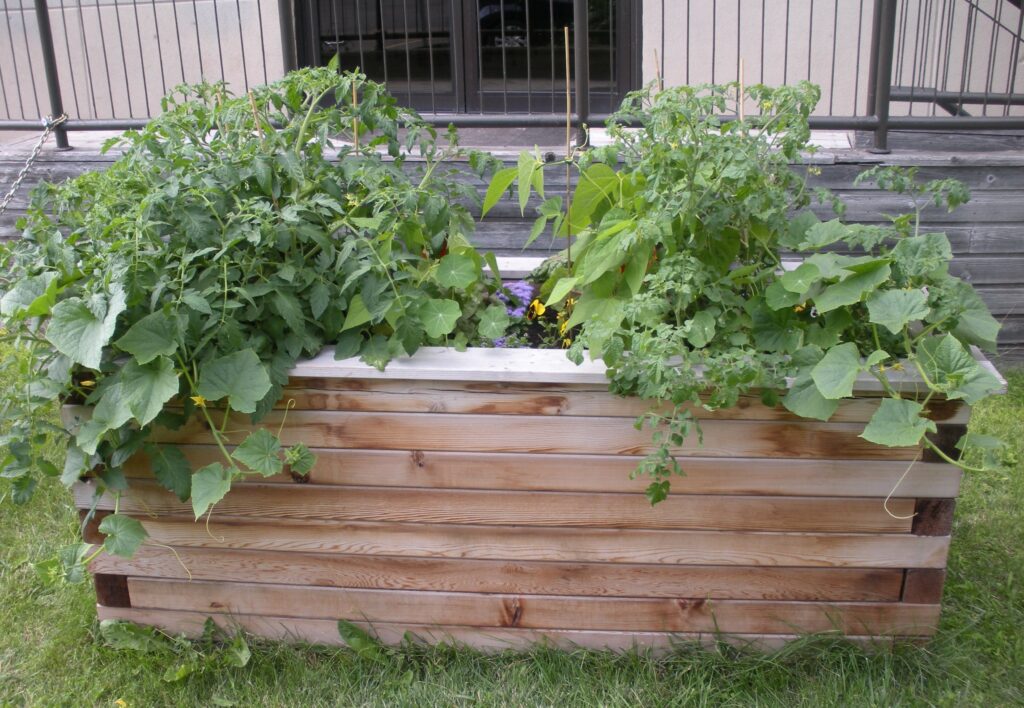
- use rhubarb leaf tea as an insect deterrent < – > use tomato leaf tea or garlic scapes tea but definitely not rhubarb and don’t put rhubarb leaves in the compost (I have composted them for years).
- water in the morning < – > water on a schedule < – > water on demand!
- dwarf vegetables are best for containers < – > any vegetable can be grown in a container if you are willing to work for it.
- Use Japanese Beetle traps to draw beetles away from your plants < – > avoid these expensive traps because they attract even more beetles to your garden.
- use the layer method in your composter and leave it be < – > stir the compost regularly to aerate and redistribute the composting agents.
- Live critter traps are an humane and a good way to remove unwanted critters < – > Live traps catch indiscriminately (you want a groundhog but caught the neighborhood skunk) and can lead to orphaned animals and critter death in unfamiliar locations, so use barriers instead < – > learn to get along, not to eradicate.
- these sun-loving plants do not grow in the shade < – > some of mine actually do!
- If at first you do not succeed, try and try again < – > don’t waste your time re-trying unless you have some significant changes in the variables.
- and the list goes on!
4. Since every garden has successes and setbacks, variety can add to your successes and eclipse the setbacks. You may discover that your garden and your gardening methods are much better suited to plants you have not yet tried!
Do not underestimate the variables. Over the years, my wife and I have dealt with all of the items listed above. We had to learn what grew best in each of the 4 gardens we managed and of course we rotated plants within the gardens and between gardens to see where they grew best. Failure to change and failure to listen to what nature tells us through the gardening challenges we face yearly, leads to many problems, disappointments, and gardener stress (e.g., a dependable variety of tomatoes did very well in one plot for 3 years, and then suddenly they didn’t, and we lost the tomatoes).
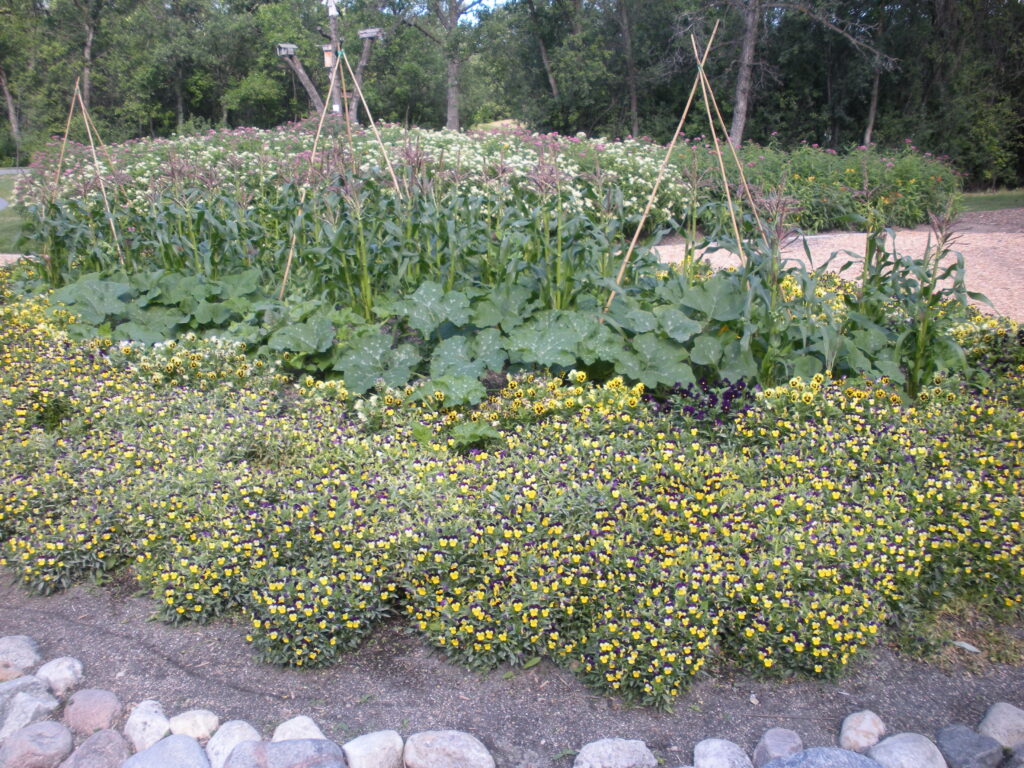
Over the years, I have been very thankful for the advice I have encountered, but no advice was good advice until I had actually tried it out. After talking to many gardeners in various provinces, and reading accounts from various countries, I have found the following to be true: put 5 experienced gardeners in a room and ask one question. It is possible you will get 5 different answers – all of them correct, but only 2 of the answers might actually work for you in your situation with your gardening variables. I use advice as a starting point, look for other corroborating sources, try some of it in a controlled situation, and then reject it or adapt it to my situation.
Have you tried square foot gardening? Vertical gardening? Biodiversity (plant veg with the flowers or flowers with the veg)?
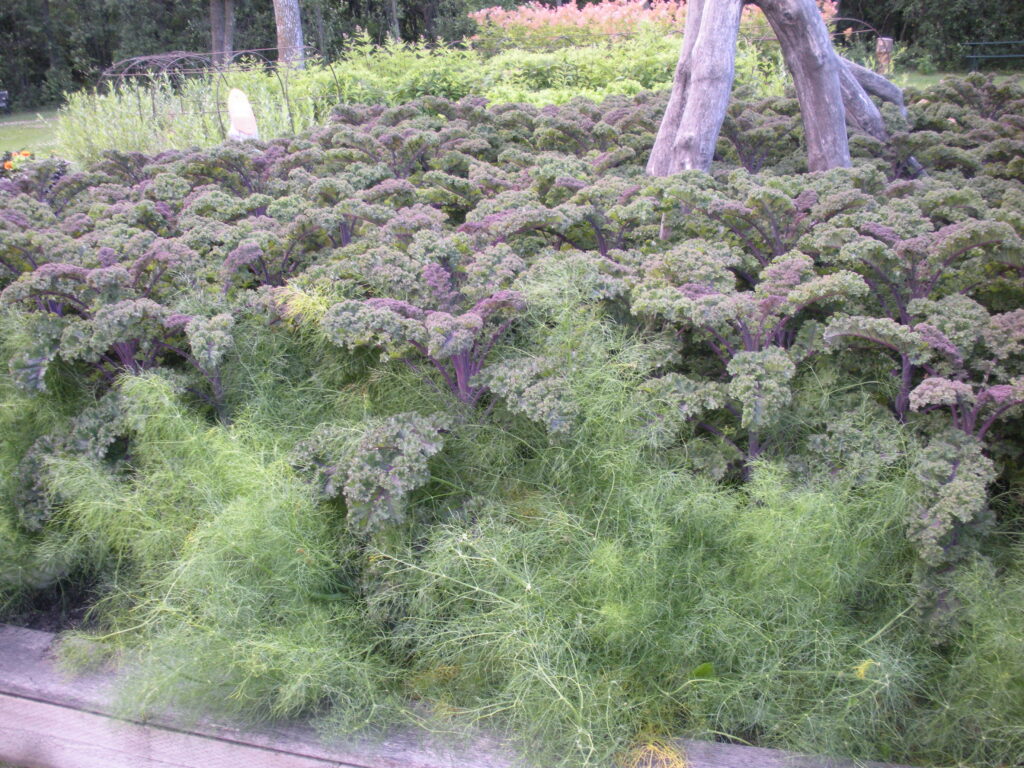
Why not try Asian vegetables like okra, Chinese broccoli, and bok choy? Three sisters? Heirloom vegetables? Potatoes from chitted potatoes that were too long in your pantry? Cut the root and some stem from harvested or from store-bought living lettuce and plant it in your garden? Try different companion plants to see what works? Test some claims (e.g., chamomile is like a doctor plant; it promotes plant health in all plants near it!)? Save seed from your garden?
Below, I list the advice this column has offered over the past eight years. You may find some ideas worthy of experimentation, some ideas supporting your current practices, some ideas that lead you to tangents, and to newer ideas, and some ideas you think are just dead wrong!
Articles (39) in DTE Newsletter :
Colorado Potato Beetle – Summer 2016, page 7
Box Beds – Winter 2017, page 7
In-door Germination – Spring 2017, page 4
Composting – Fall 2017, page 8
Bug Hotels & Restaurants – Dec 2017
Weed Wisdom – March 2018
Mulch, pluses and minuses – June 2018
Cutworms – Dec. 2018
Self-watering Containers – March 2019
Eco-friendly watering – June 2019
The Cold Frame, a Gardening Advantage – Sept 2019
Garden Tools – Dec 2019
Planning for no-till gardening – March 2020
Beetle Battles (Japanese, cucumber, & flea) – June 2020
Putting the Gardens to Bed – Sept 2020
Plant Stress and Disease Management – Dec 2020
Urban Spaces Suitable for Gardening – March 2021
Fertilizing – Full Article Here
Pollinators and Pollination: Attracting and Keeping Pollinators – Full Article Here
Succession Planting to get the Most Out of Your Garden – Full Article Here
Potatoes: the good, the bad, and the ugly – Full Article Here
Tomato series, Part 4 – Seed Saving and Tomato Salvage – Full Article Here
Tomato series, Part 3 – Stress and Disease Management – Full Article Here
Tomato Series Part 2 – Maintenance – Full Article here
Tomato series – Part 1: Starting & Transplanting in bag, pot, or plot – Full Article here
Squash Vine Bore – Full Article Here
Garden Plant Rotation – Full Article Here
Reducing the use of plastic in gardening – Full Article here
Do-it-Yourself: Paper Seed Pots – Full Article here
Seed Saving Your Favourite Vegetables, Herbs, and Flowers! – Full article here
Do-it-yourself Seed Viability Test – Full article here
Labour Saving Techniques (part 6) – Full article here
Labour Saving Techniques (part 5) – Full article here
Labour Saving Techniques (part 4) – Full article here
Labour Saving Techniques (part 3) – Full article here
Labour Saving Techniques (part 2) – Full article here
Labour-Saving Techniques (part 1) – Full article here
Critter Management in the Garden – Full article here
You can also check the videos on the Just Food Web site: https://justfood.ca/gardening-workshops/
New learning: if you read it, hear it, or see it and then do it, you got it!
If you want to keep it, teach it to another!
Once again, a happy garden makes a gardener happy!